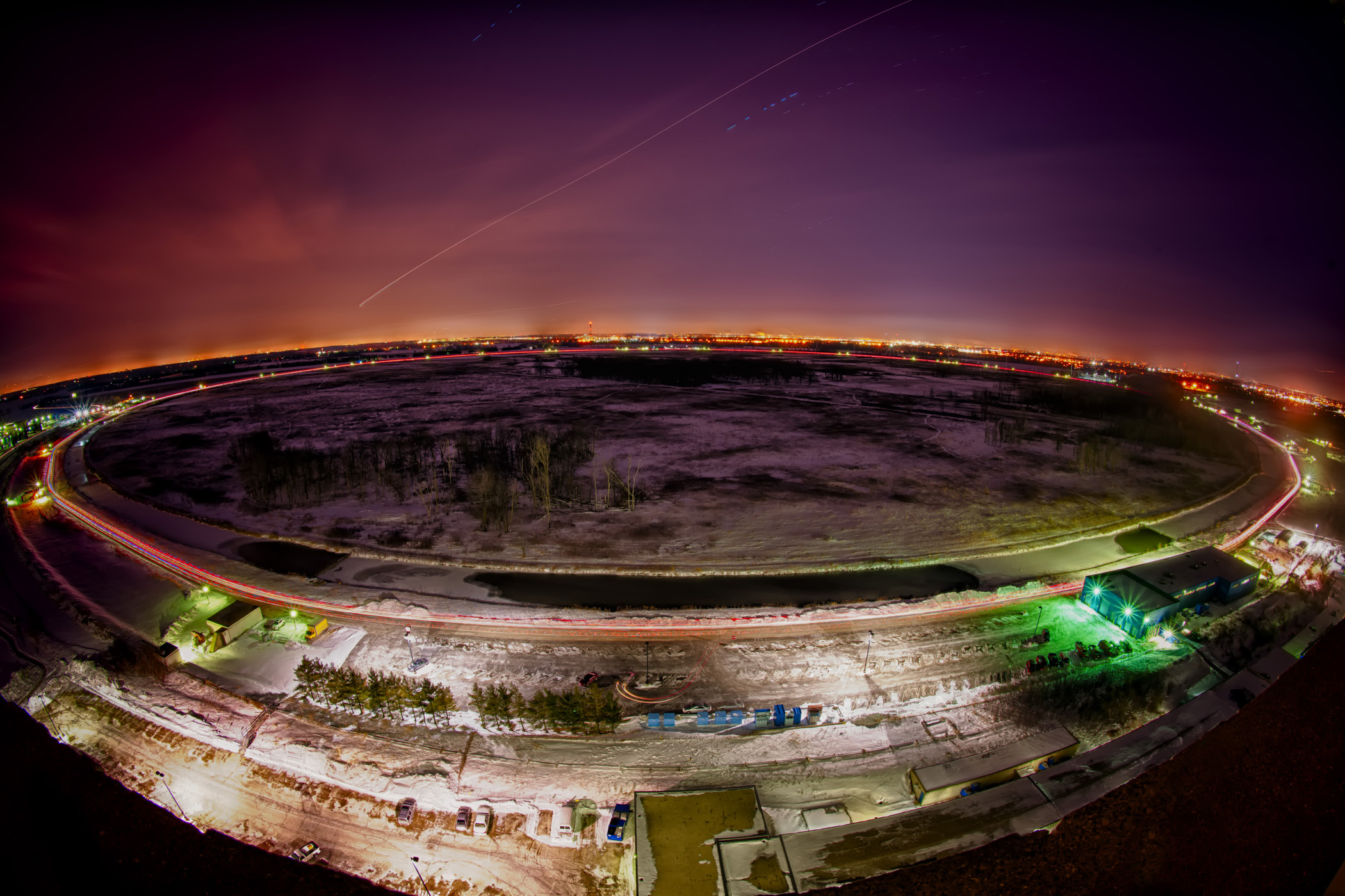
The hunt for new physics may have to continue for a while longer.
Scientists have found traces of an ultra-rare process to form top quarks, one of the particles that make up protons and neutrons. And that process seems to operate just as predicted by the Standard Model, the long-standing, yet incomplete, model that describes the subatomic particles that make up the universe.
Though the new results don't rule out other physics theories to explain the existence of dark matter and energy, they do suggest scientists have to look elsewhere for any hint of as-yet unknown physics. [Beyond Higgs: 5 Elusive Particles That May Lurk in the Universe]
Particle soup
Protons and neutrons are made up of tiny particles known as quarks, which come in several "flavors" (up, down, top, bottom, strange and charm). These quarks are bound together by other particles, known as gluons.
In 1995, scientists at the Fermi National Accelerator Laboratory in Batavia, Ill., discovered the top quark, the heaviest subatomic particle known. At 170 times the mass of a proton, it dwarfs even the Higgs boson, which is thought to explain how other particles get their mass, said Gregorio Bernardi, a research director at the University of Paris, and a spokesman for the new analysis.
The Standard Model, in turn, predicts several ways that one of these hefty top quarks could be produced. Scientists had found evidence for all of these processes, but one remained.
Sign up for the Live Science daily newsletter now
Get the world’s most fascinating discoveries delivered straight to your inbox.
Elusive process
The one that remained was a "quite rare process, which at the same time you have this annihilation of a quark and an anti-quark," Bernardi told Live Science, referring to the annihilation that occurs whenever matter and antimatter come into contact.
For just the briefest flicker of time, this annihilation creates a w-boson, the particle that mediates the so-called weak interaction force. The w-boson rapidly decays, creating a top and bottom quark. Those two then decay into a shower of particles, as well as an electron or a muon and a neutrino, a ghostly particle that rarely interacts with matter, said Luciano Ristori, a physicist at the Istituto Nazionale di Fisica Nucleare in Italy, and a spokeman for one of the experiments. [Wacky Physics: The 6 Coolest Little Particles in Nature]
But the w-boson is much lighter than the top quark, so in order to get the w-boson to decay into a much heavier particle, the process required an incredible amount of energy, making it quite rare.
Tracking particles
To find traces of this process, researchers combed through 500 trillion proton-antiproton collisions from two experiments conducted at the Tevatron at Fermilab from 2001 to 2011. (The Tevatron closed in 2011.) From this, they found evidence for 40 interactions where a top quark was formed from the weak interaction force.
The two experiments smashed a beam of protons and anti-protons into one another, producing a soup of other particles. Because top quarks vanish so quickly, scientists detected their presence based on a shower of other particles as they traveled through heavy iron, lead or uranium detectors, as well as changes in an electromagnetic field as the electron or muons travel through a charged gas. Though neutrinos weren't detected directly, they can be traced by the missing energy in the interaction, Ristori said.
Based on the frequency at which these events were detected, the new analysis confirms the Standard Model's prediction about how top quarks should behave, Ristori said.
"The chance is less than one in a million that what we saw was just a lucky combination of some coincidences," Ristori told Live Science.
Though it was hardly unexpected, the findings are yet another reminder that scientists are still in the dark when it comes to physics beyond the Standard Model. The Standard model cannot account for astronomical dark matter and energy observations.
"The big mystery at this point in physics is dark matter and dark energy and we have to find a way to explain that. And we have nothing yet," Ristori said.
Follow Tia Ghose on Twitter and Google+. Follow Live Science @livescience, Facebook & Google+. Original article on Live Science.

Tia is the managing editor and was previously a senior writer for Live Science. Her work has appeared in Scientific American, Wired.com and other outlets. She holds a master's degree in bioengineering from the University of Washington, a graduate certificate in science writing from UC Santa Cruz and a bachelor's degree in mechanical engineering from the University of Texas at Austin. Tia was part of a team at the Milwaukee Journal Sentinel that published the Empty Cradles series on preterm births, which won multiple awards, including the 2012 Casey Medal for Meritorious Journalism.









